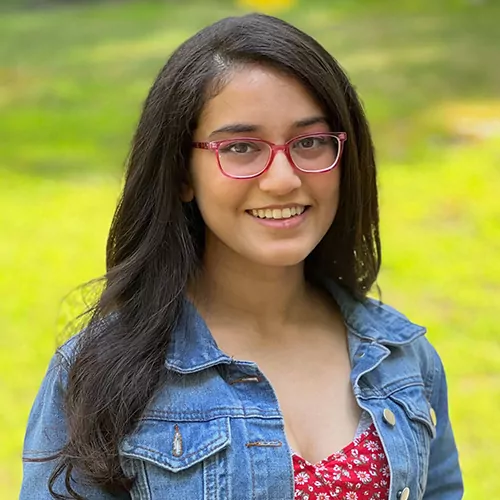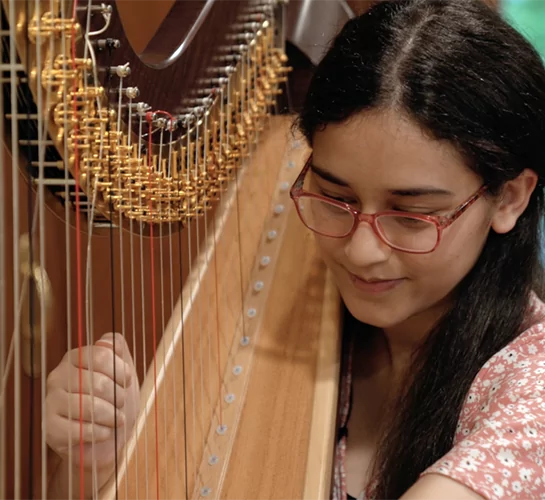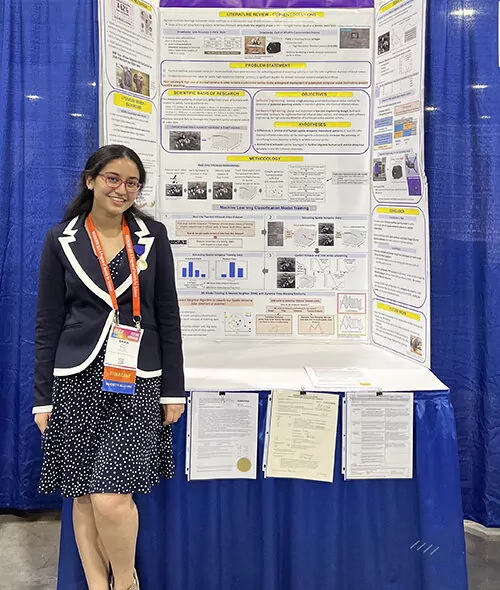Deeper Dive
Exploring technology & engineering for social good, I am especially committed to innovation focusing on endangered species & environmental science. During my trips to India, I was taken aback by the rows of ivory jewelry and statues I saw in the Bombay market, despite the 1990 global ban. I was stunned by the fact that 70% of the elephant population has died in the last 40 years, largely due to the illegal ivory trade: one elephant dies every 26 minutes at the hands of a poacher. Wildlife conservation has become one of the most important sustainability goals for our environment.
Inspired to learn more, I discovered Park rangers currently deploy drones equipped with heat-sensitive infrared imaging cameras that send live thermal video data to ranger stations. These videos must be continuously watched by technical operators, a tedious and error-prone task. Recent research has automated this process with shape detection algorithms; however, this process, too, results in low accuracy with small animal/human sizes at high altitudes. I realized that video data carries much more information than static image frames - including time-domain information capturing the Spatio-temporal movements of objects. I hypothesized that the difference in animal and human movement patterns in UAV thermal infrared video data would significantly increase the accuracy of identifying human/poacher activity in national wildlife parks. ElSa was born.
In my research, I develop a first-ever methodology, which leverages the animal and human movement (Spatio-temporal) patterns for significantly improving poacher detection accuracy in infrared thermal wildlife video data. While other methods used static image data for poacher detection, resulting in only 20% accuracy, this work is the first to harness real-time, Spatio-temporal patterns.
When tested using a thermal infrared video dataset called BIRDSAI, collected from four national parks in Africa, my algorithm detected humans (potential poachers) with over 90% accuracy. This means that my research is able to detect poachers in nighttime, infrared videos from more than 500 feet off the ground with 4X higher accuracy than the current state-of-the-art solutions.


